GPCR/G protein
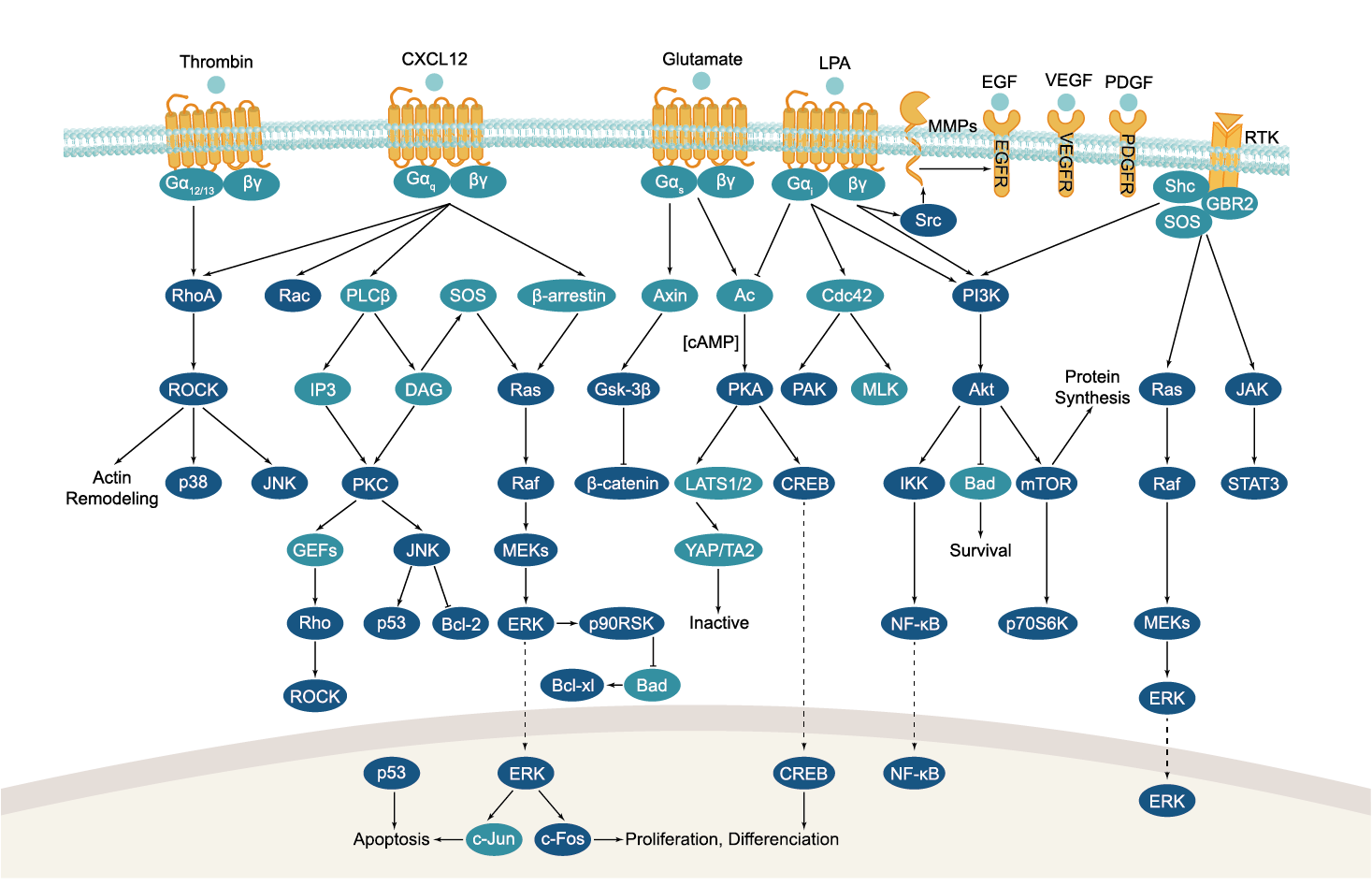

All GPCRs share a common seven trans-membrane structure. GPCRs are associated with heterotrimeric G-proteins which are GTP-binding proteins made of alpha, beta, and gamma subunits. When a ligand binds to GPCR, it activates the attached G-protein, the GDP is replaced with GTP. The activated G-protein then dissociates into an alpha and a beta-gamma complex which activates downstream signaling pathways. These intracellular signaling pathways include cAMP/PKA, calcium/NFAT, phospholipase C, protein tyrosine kinases, MAP kinases, PI-3-kinase, nitric oxide/cGMP, Rho, and JAK/STAT.
GPCRs are one of the most important therapeutic targets for various diseases, over 30% of all modern medicinal drugs target this family. Aberrant GPCR functions are involved in pathological conditions such as neurological, immunological and hormonal disorders. A large number of GPCRs have been identified, but whose ligands are not known, are classified as orphan receptors.
-
 B8466 Clozapine N-oxide(CNO) dihydrochloride
B8466 Clozapine N-oxide(CNO) dihydrochloride -
 C6542 Amitraz
C6542 Amitraz -
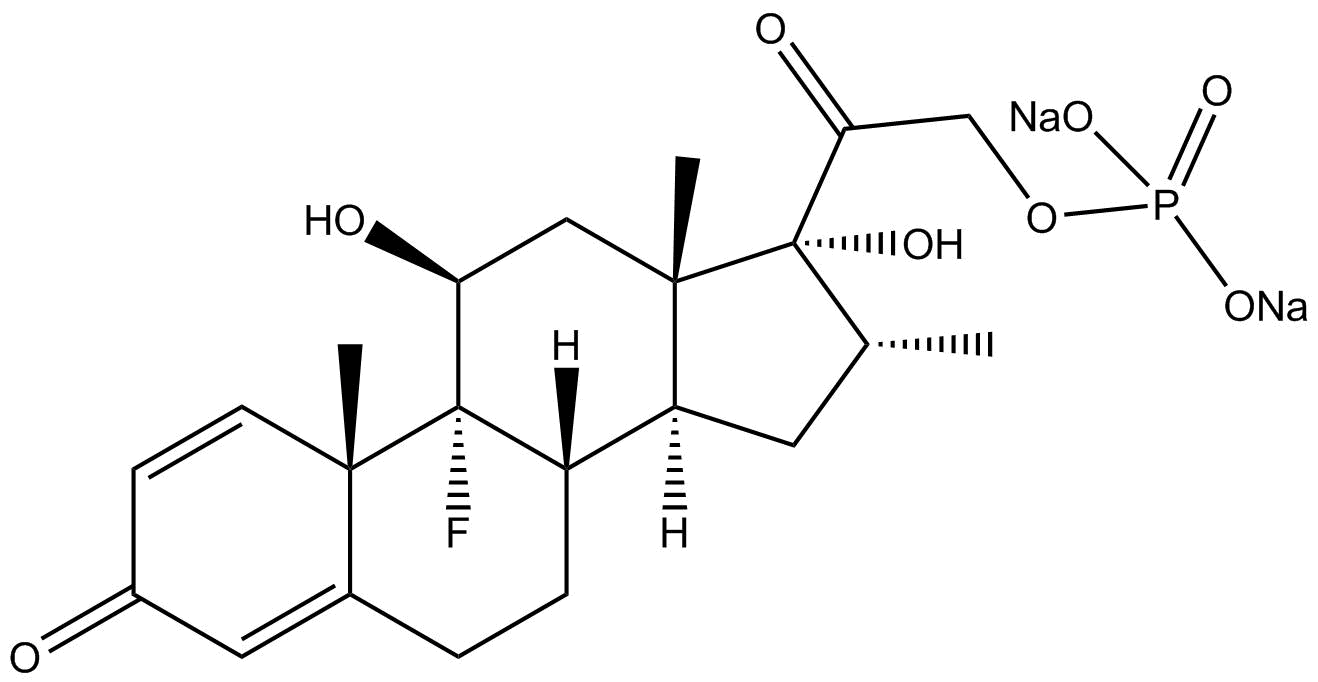 C6550 Dexamethasone phosphate disodium
C6550 Dexamethasone phosphate disodium -
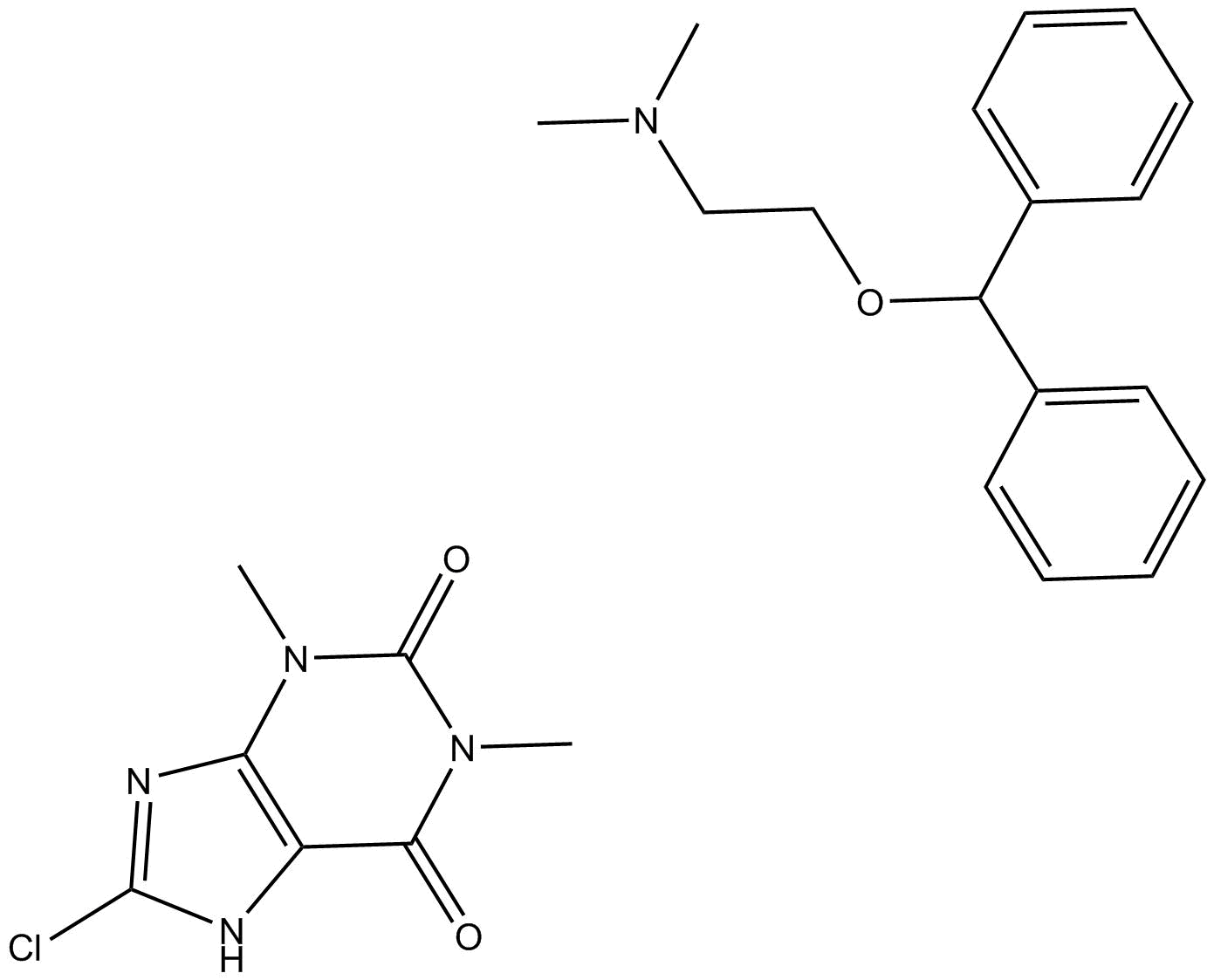 C6570 Dimenhydrinate
C6570 Dimenhydrinate -
 C6594 Propantheline bromide
C6594 Propantheline bromide -
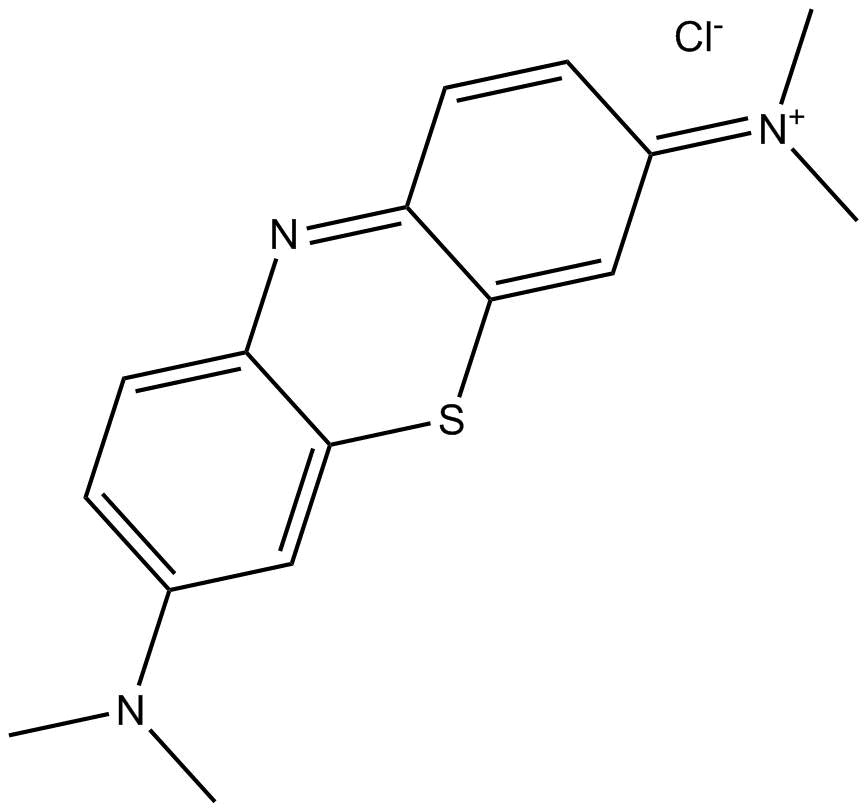 C6646 Methylene Blue
C6646 Methylene Blue -
 C6665 Higenamine hydrochloride
C6665 Higenamine hydrochloride -
 C6668 Methylbenactyzine Bromide
C6668 Methylbenactyzine Bromide -
 C6694 Methacholine chloride
C6694 Methacholine chloride -
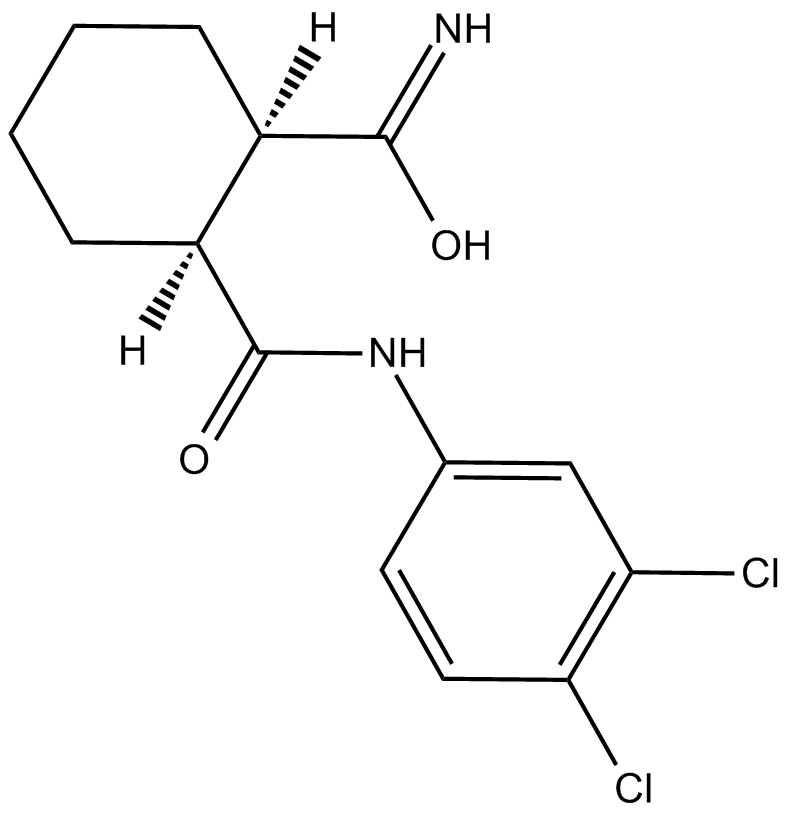 B6111 Lu AF21934Summary: positive allosteric modulator of mGlu4 receptors
B6111 Lu AF21934Summary: positive allosteric modulator of mGlu4 receptors


